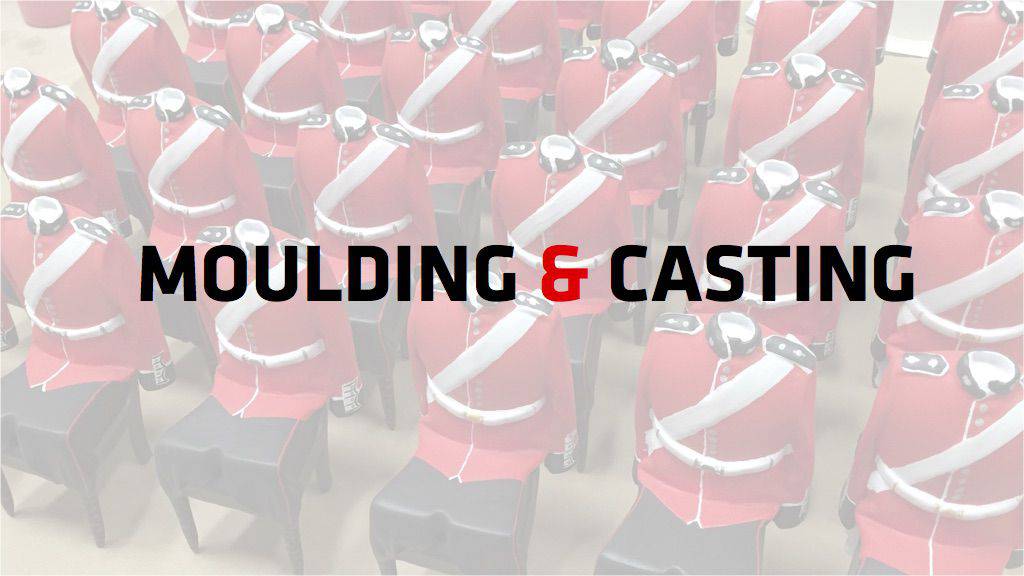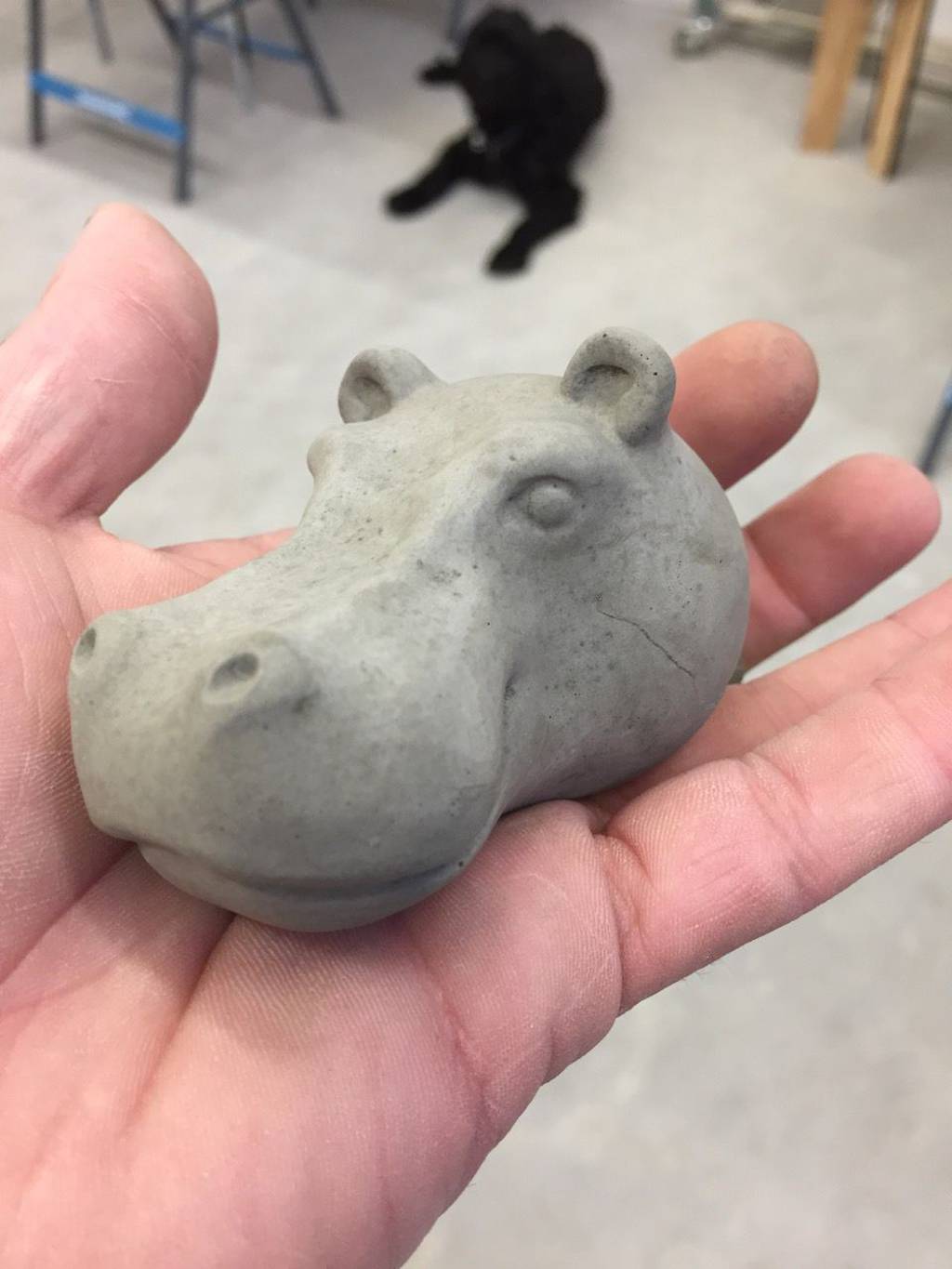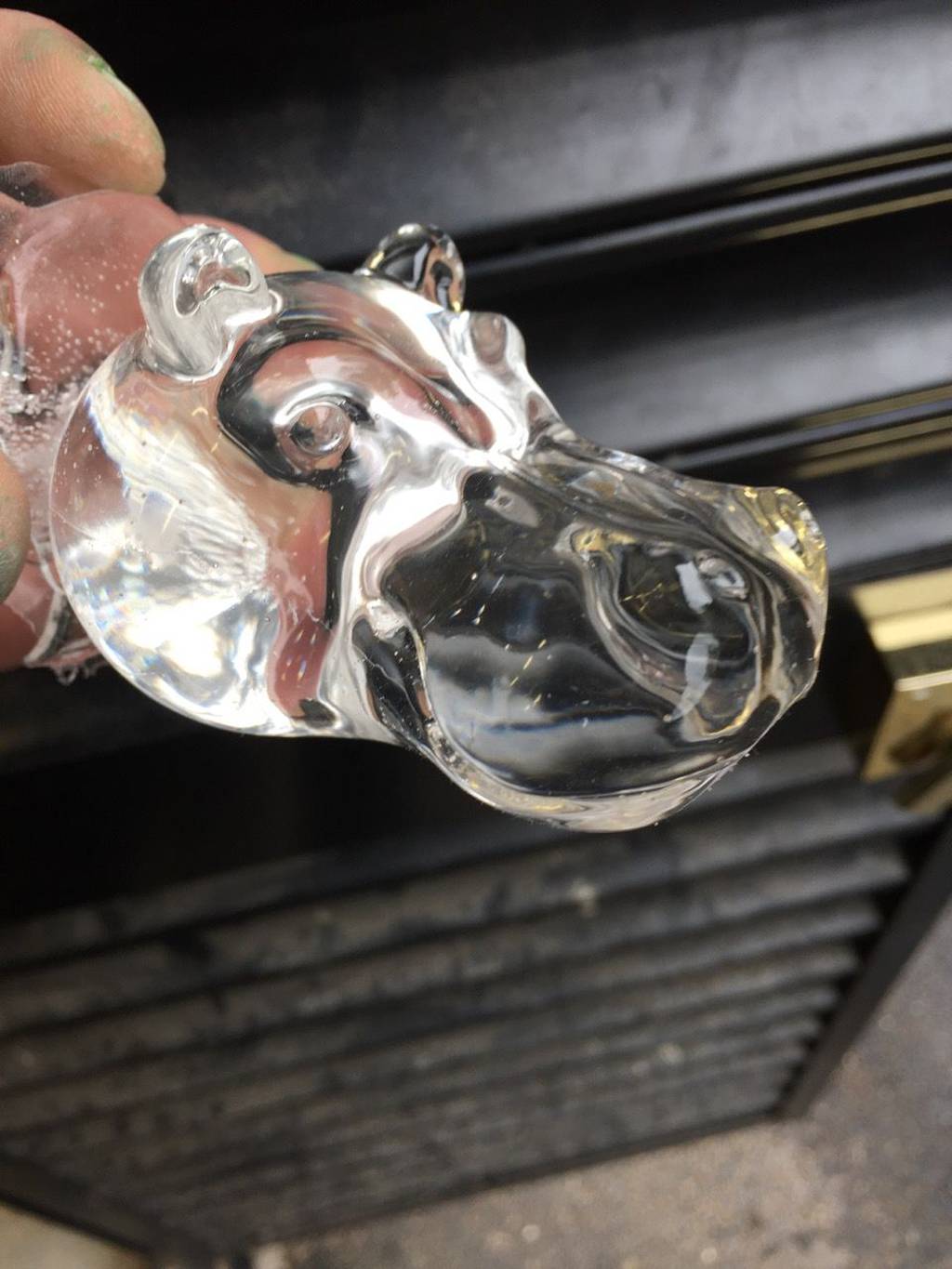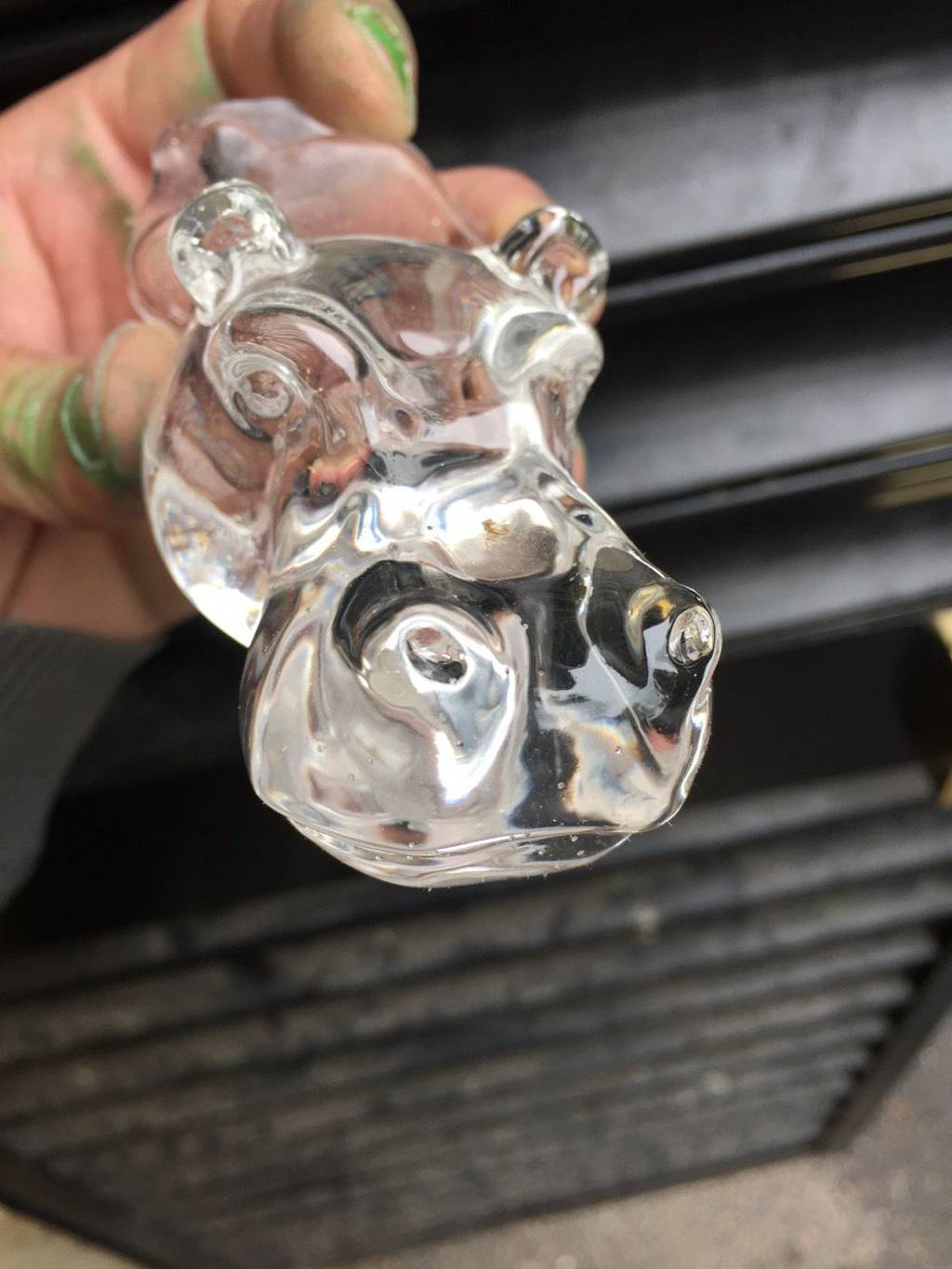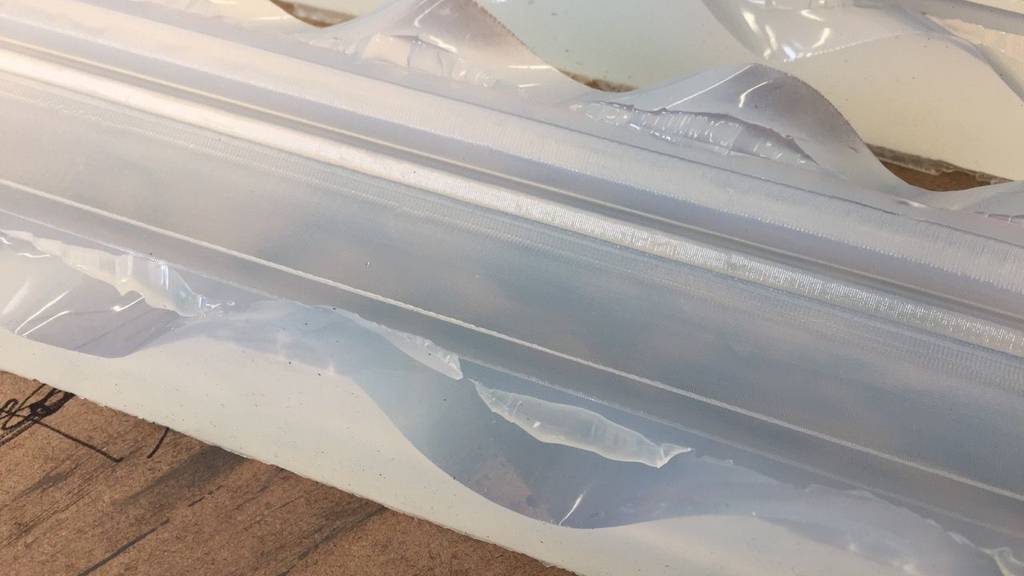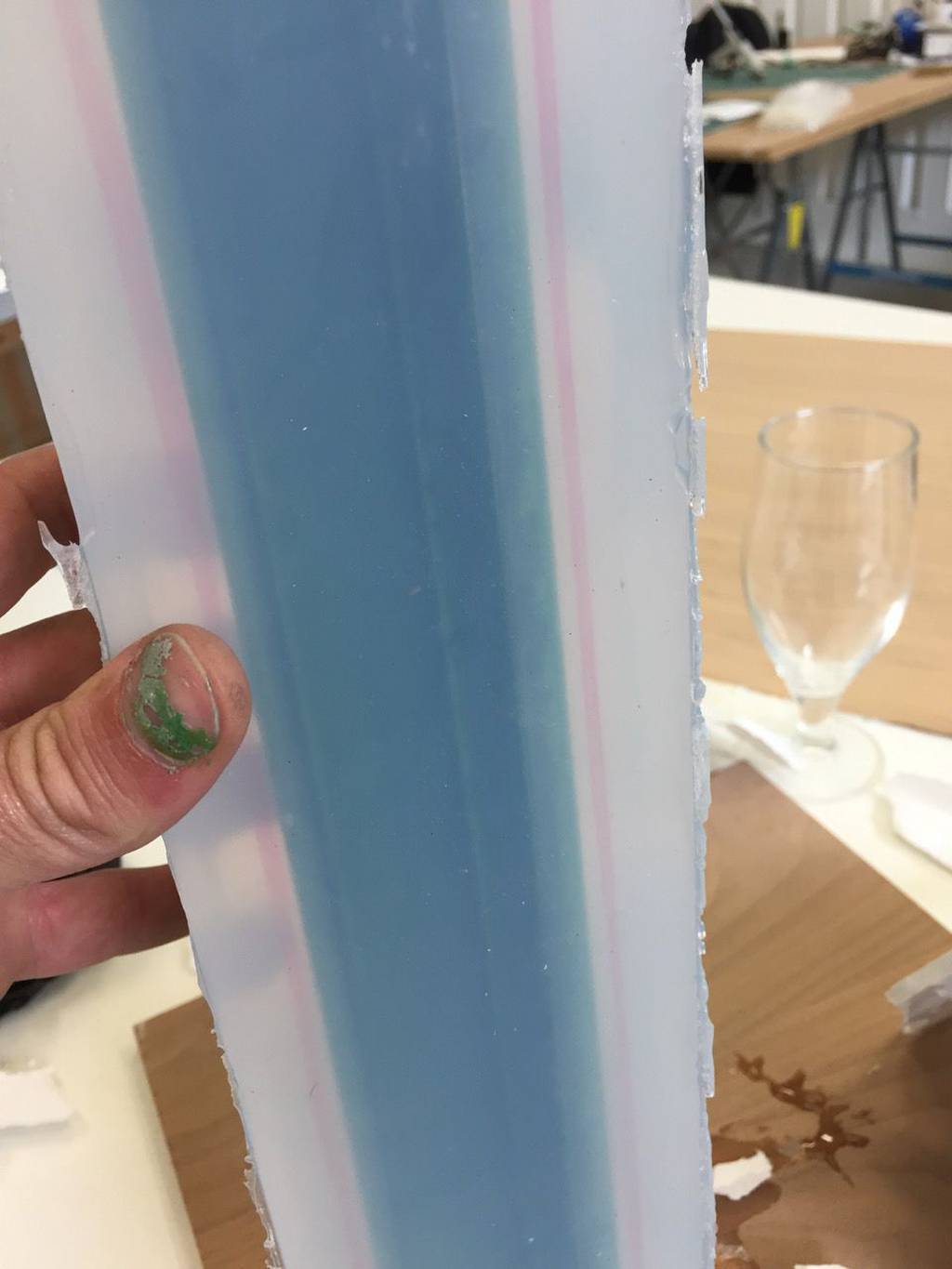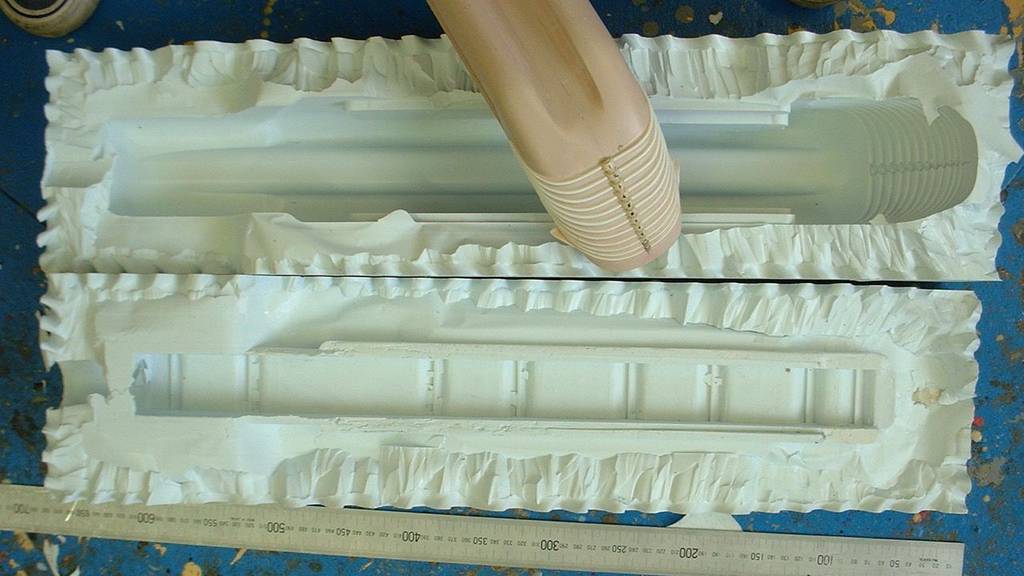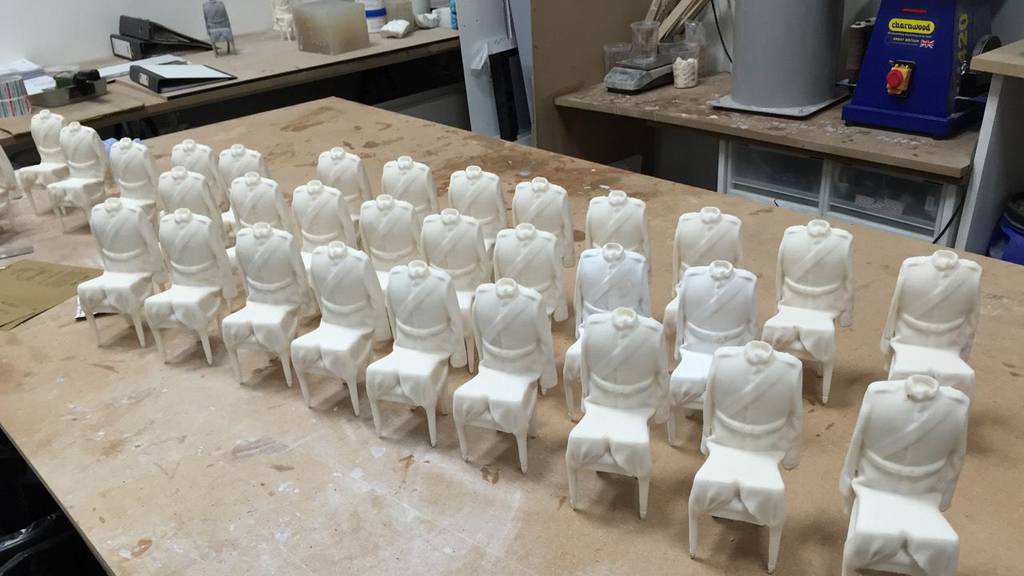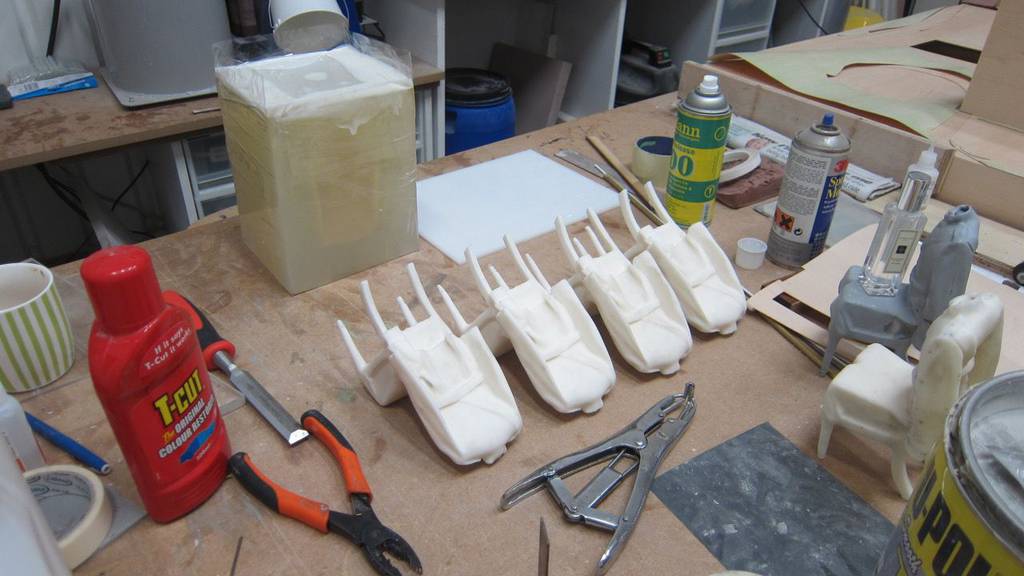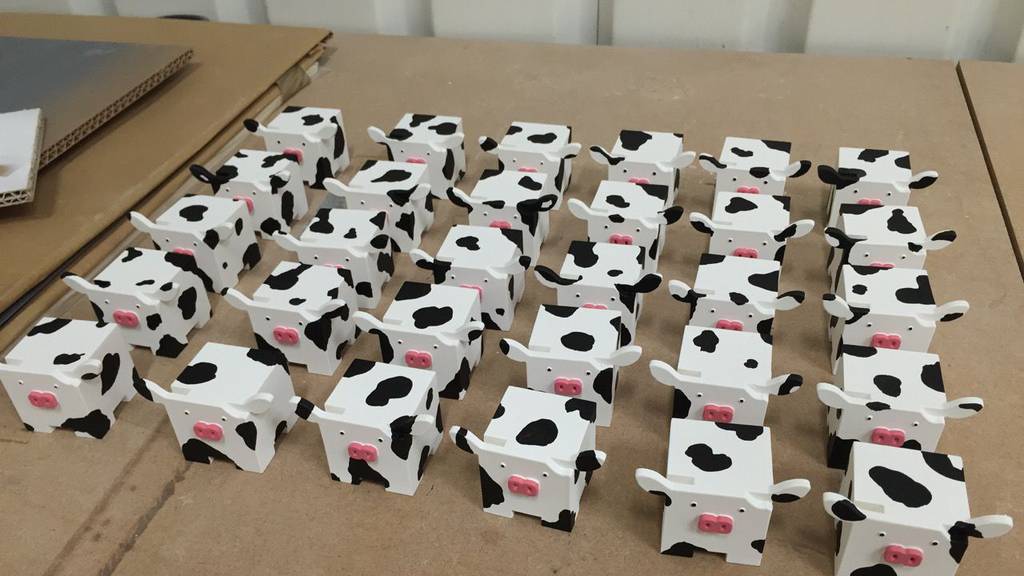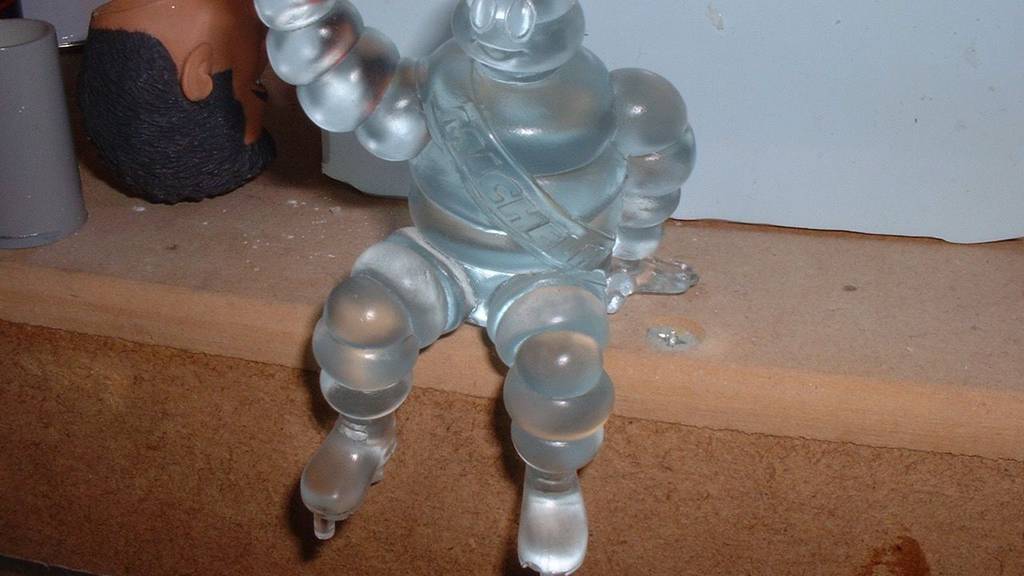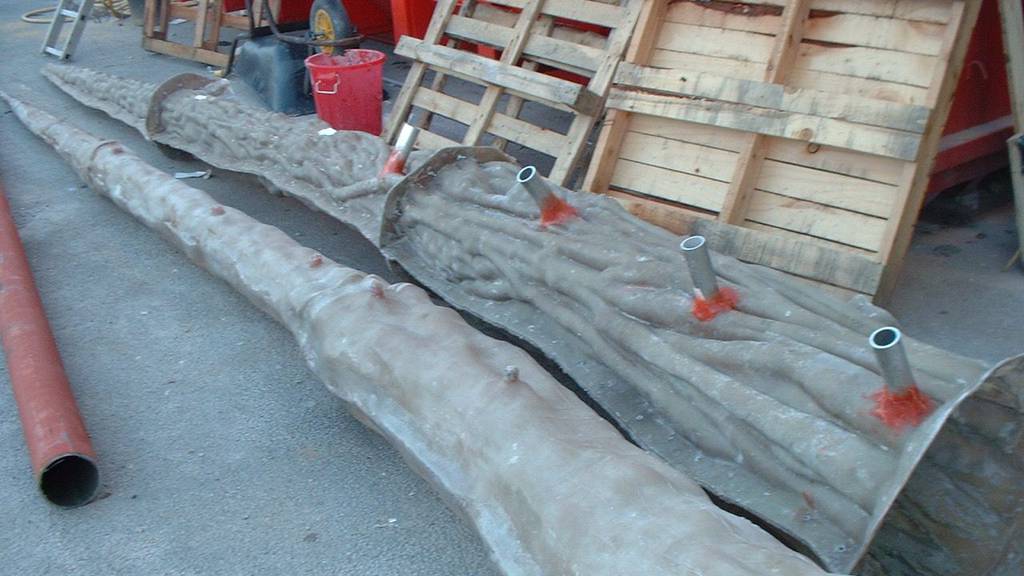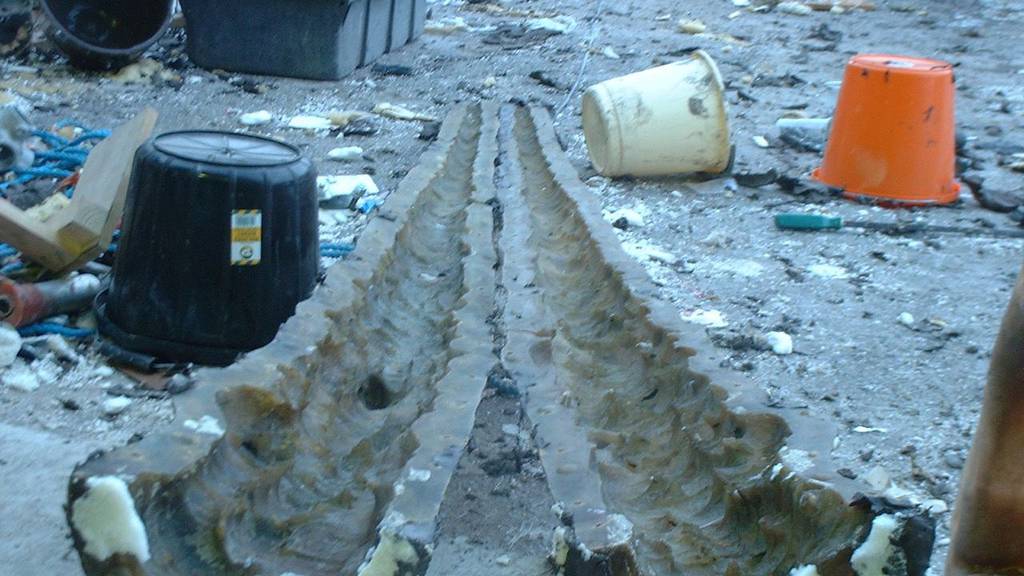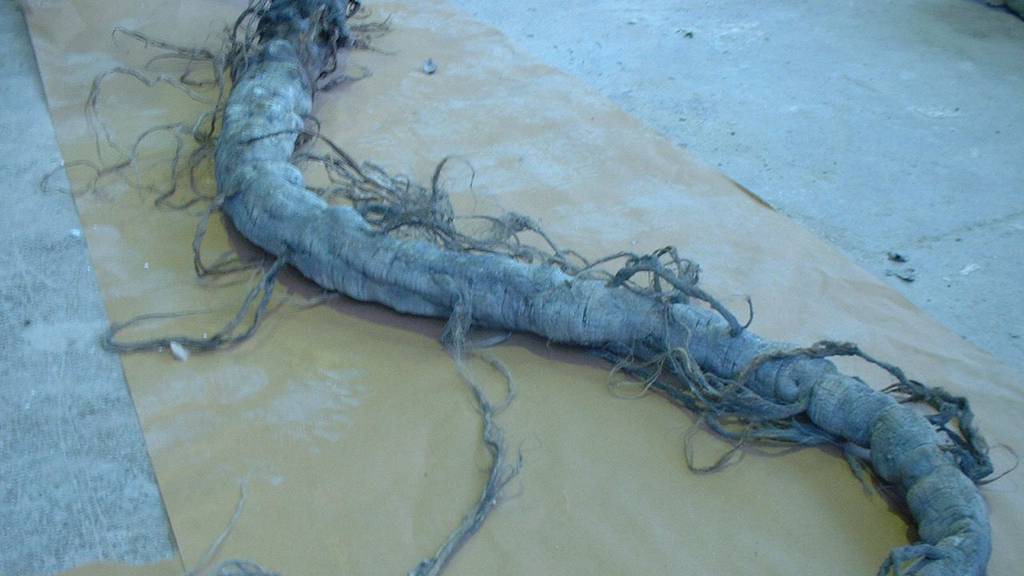At Scales&Models we specialise in the production of silicone moulds and fibreglass jacket moulds. We have also the capability to produce moulds for very large pieces. The moulds can then be use for casting, which involves pouring resin or other specific liquid materials into it. Throughout these processes, we help clients with technical guidance to ensure their projects meet their exact specifications.
Silicone moulds are a versatile and widely used tools in manufacturing, prototyping, art and crafts. It involves creating a mould using silicone rubber, which is then used to replicate objects or shapes in various materials like resin and plaster.
Silicone moulds are ideal for creating consistent replicas and can be used to create complex shapes and intricate fine details.
Silicone moulds are highly robust and flexible, enduring extreme temperatures without losing shape or functionality.
Some types of silicone rubber are non-toxic and BPA-free, making them safe for use in food-grade applications.
In some cases silicone moulding and casting offer distinct advantages over 3D printing. For instance, when aiming to create crystal clear objects, casting in optically clear resin proves superior to 3D printing in clear resin. Additionally, casting becomes essential when the object requires specific materials such as jesmonite, plaster, or cement, as 3D printing primarily utilises resins.
After creating a silicone mould, we have a range of material options to cast with. These include clear cast resins, pigmented resins, resins with minimal shrinkage for high accuracy replicas, jesmonite and many more. We can also work with budget-friendly options as per our clients' needs and available budgets. This variety allows us to offer flexible cost options to our clients. We guide our clients in selecting the best materials based on their project goals.
Once a cast is removed from a silicone mould, there are various surface treatments and finishes that we can apply to enhance its appearance or functionality. This includes trimming excess materials, refining the object through sanding and polishing, employing diverse painting methods, and applying patina effects to create a weathered appearance. Additionally, specific techniques like acid etching or electroplating may be utilised to produce distinctive textures or metallic appearances, depending on the material used for the cast.
For any questions, email us at info@scalesandmodels.com.
